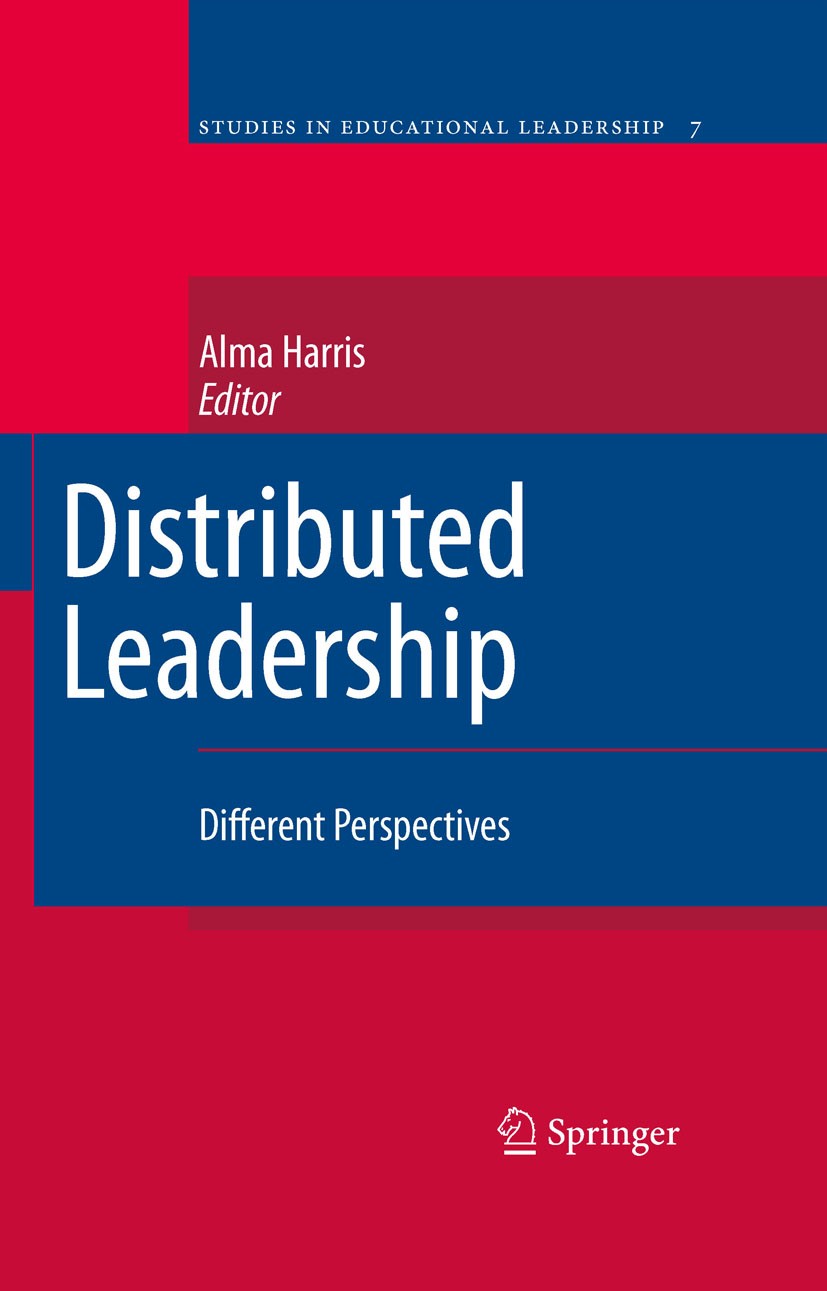| 书目名称 | Distributed Leadership | | 副标题 | Different Perspectiv | | 编辑 | Alma Harris | | 视频video | http://file.papertrans.cn/282/281911/281911.mp4 | | 概述 | Offers critical and international perspectives on distributed leadership.Evidence based research.Top authors in the field | | 丛书名称 | Studies in Educational Leadership | | 图书封面 |  | | 描述 | Alma Harris The ?eld of school leadership is currently preoccupied with the idea of distributed leadership. Few ideas, it seems, have provoked as much attention, debate and c- troversy. Whatever your position on distributed leadership, and you cannot fail to have one, it is irrefutable that distributed leadership has become the leadership idea of the moment. Yet, it is an idea that can be traced back as far as the mid 20s and possibly earlier. So why the interest? Part of the answer can be found in a move away from theorizing and empirical enquiry focused on the single leader. This shift has undoubtedly been fuelled by structural changes, within schools and across school systems that have resulted in - ternative models or forms of leadership practice. Evidence highlights how those - cupying formal leadership positions are increasingly recognizing the limitations of existing structural arrangements to secure organizational growth and transformation (Fullan et al. , 2007; Harris et al. , 2008; Chapman et al. , 2008). As a consequence, many heads and principals are actively restructuring, realigning and redesigning leadership practice in their school (Harris, 2008). While the terminol | | 出版日期 | Book 2009 | | 关键词 | Educational Leadership; democracy; learning | | 版次 | 1 | | doi | https://doi.org/10.1007/978-1-4020-9737-9 | | isbn_softcover | 978-90-481-8195-7 | | isbn_ebook | 978-1-4020-9737-9Series ISSN 1572-3909 Series E-ISSN 2543-0130 | | issn_series | 1572-3909 | | copyright | Springer Science+Business Media B.V. 2009 |
The information of publication is updating

|
|
 |Archiver|手机版|小黑屋|
派博传思国际
( 京公网安备110108008328)
GMT+8, 2025-11-12 11:51
|Archiver|手机版|小黑屋|
派博传思国际
( 京公网安备110108008328)
GMT+8, 2025-11-12 11:51


